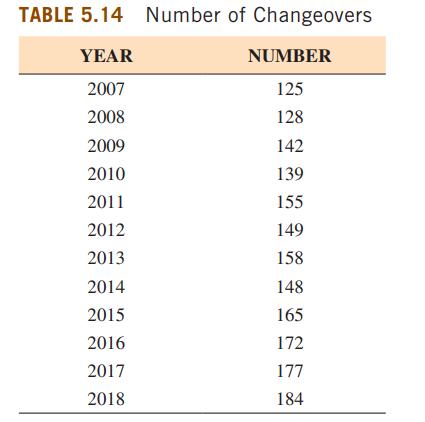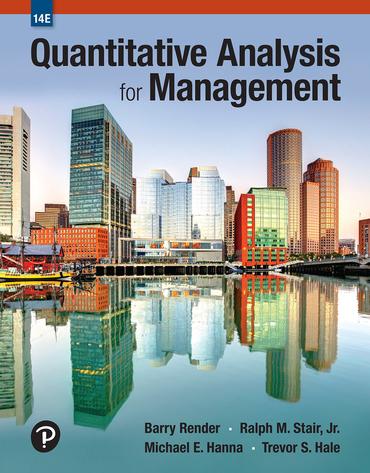JVB Electric is an energy company headquartered in the college town of Iowa City, Iowa. JVB operates
Question:
JVB Electric is an energy company headquartered in the college town of Iowa City, Iowa. JVB operates several compressed air energy storage (CAES) devices next to their colossal wind farm that harvests, on average, 636 MWh per year or, approximately, a tenth of the renewable energy portfolio of Iowa.
Wind energy production in Iowa is generally higher at night when demand and prices are low. Hence, JVB Electric stores the energy produced by the farm at night in the form of compressed air: The nighttime energy runs a direct current (DC) pump that compresses air into three massive former underground mines (called air reservoirs) that have been hermetically sealed off. The next morning, this ultra-high air pressure is then used to run turbines that, in turn, produce kWh for the grid. The system has an overall in/out efficiency of approximately 92 percent. That is to say, for every 1 kWh that is used during the night to compress the air, 0.92 kWh are returned the next day to the grid. This loss is more than offset by the change in prices that oscillate by approximately an order of magnitude between 3:00 AM and 3:00 PM.
JVB Electric relies on nightly weather forecasts to operate their three-reservoir CAES system. If the overnight forecast is for light

Wind (less than 8 mph on average during the overnight hours), then JVB will operate just one of its three air reservoirs. If the forecast is for sustained moderate winds (9–18 mph on average during the overnight hours), then JVB will operate two of its air reservoirs that night. Finally, if the overnight forecast is for heavy wind (19 mph or greater on average during the overnight hours), then JVB will operate all three of its underground air reservoirs.
The costs (called changeover costs) to change from operating one number of air reservoirs (1, 2, or 3) to another number (1, 2, or 3) is on the order of $1,000. That is to say, if the wind level (light, moderate, or heavy) changes to another level every single day of the year, then JVB would spend $365,000 per year on changeover costs alone. Fortunately, the forecasted nightly wind level doesn’t always change from one night to another, although they have been steadily rising for more than a decade, with the total number of changeovers reaching 184 in 2018 (see Table 5.14 for changeovers per year). In other words, JVB had to change over more than half the time at a cost of $184,000.
Because of this rise, JVB has been investigating the possibility of conjoining its three underground reservoirs into one large reservoir, thus eliminating the changeover costs. The cost to conjoin the mines is nominal. However, because of its massive size, conjoining the reservoirs would incur an extra $200,000 per year in air reservoir maintenance.
Discussion Questions
1. Use regression to develop a trend line that could be used to forecast the number of changeovers per year for the next several years.
2. Use the intercept and slope from your regression to forecast the year in which the number of changeovers will incur a cost greater than $200,000 per year and thus make conjoining the three reservoirs a better option.
3. If the extra cost of maintenance for the single conjoined air reservoir was actually an additional $400,000 per year instead of an additional $200,000 per year, in what year would the number of changeovers make going to one reservoir a better option?
Step by Step Answer:

Quantitative Analysis For Management
ISBN: 9780137943609
14th Edition
Authors: Barry Render, Ralph M. Stair, Michael E. Hanna, Trevor S. Hale





